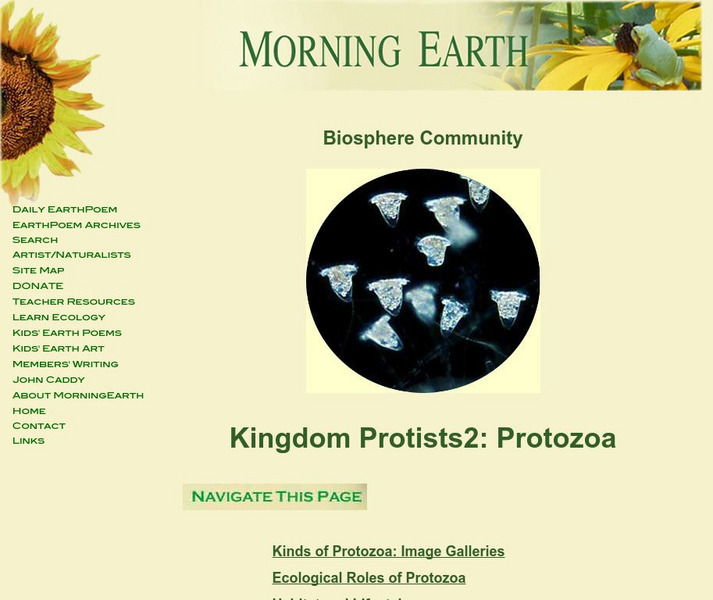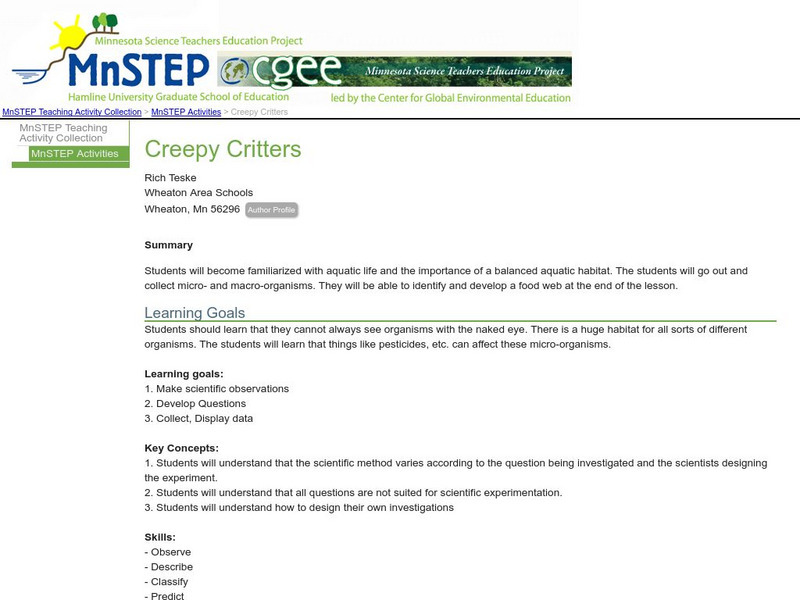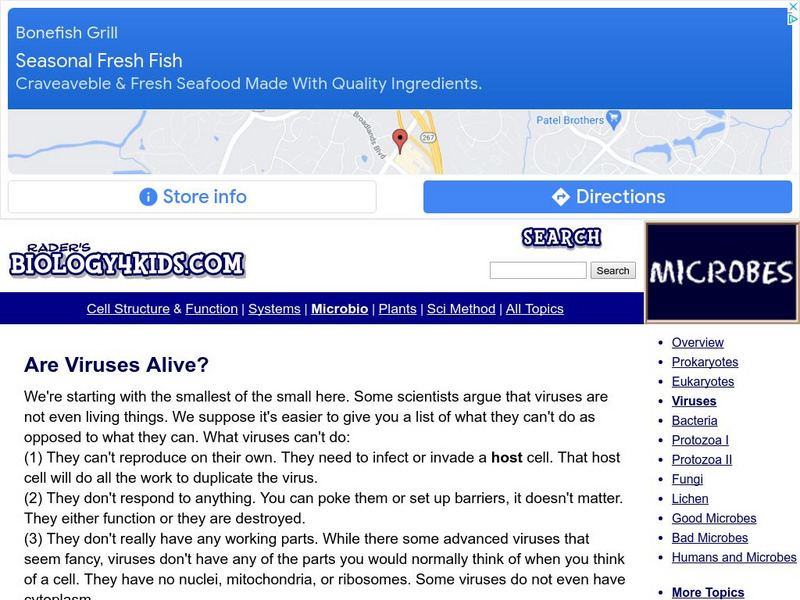Biology 4 kids
Biology4 Kids: And Bad Microbes
There are many types of microorganisms which cause many diseases. Humans, animals, and plants may be affected by these bad microorganisms. Some of these illnesses are severe, but some can be treated and cured with the right medicines.
Read Works
Read Works: Meet the Microbes
[Free Registration/Login Required] An informational text about different types of microbes including: viruses, bacteria, fungi, and protozoa. A question sheet is available to help students build skills in reading comprehension.
Sophia Learning
Sophia: Microbes: Fungi and Algae
An introduction to the essential characteristics of the microbes fungi and algae.
Soft Schools
Soft Schools: Microscopic World Quiz
Take this interactive, multiple-choice quiz over microorganisms, then review your score and any missed questions at the end.
Other
Armand Frappier Museum: Micro Discoveries Online: The Microscopic World
This comprehensive exhibit focuses on the wonders of microorganisms, what they are, how they can affect our daily lives, and how they can be manipulated. Videos, games, and animations are included. Teacher resource link explains each...
Sophia Learning
Sophia: Bill Nye Demonstration: How Do Germs Spread?
How do germs spread? Watch and learn as Bill Nye the Science Guy demonstrates what happens to those germs you collect all day. [1:35]
Encyclopedia of Life
Encyclopedia of Life: Fungi
Comprehensive reference source investigates fungi with a description, pictures, and a map. Includes facts on ecology, evolution, and external links.
Success Link
Success Link: Microorganisms
Lesson plans to examine bactieria and how they grow. The main lesson page indicates that there are seven training labs, but there are only two operating links. Those two are worth exploring.
ArtsNow
Arts Now Learning: Microorganism Freeze Frame [Pdf]
In this lesson, 5th graders will explore the concepts of beneficial and harmful microorganisms by creating tableaux.
Morning Earth
Morning Earth: Ansel Adams
Scholars explore the Biology concept of microorganisms. The tutorial consists of definitions, examples, and pictures about protozoa.
Alabama Learning Exchange
Alex: It's a Small, Small World
As an introduction to the study of diversity of life, science students will use hands-on inquiry experiments to discover the microscopic world through a microscope. Students will use computers to create a brochure or slideshow...
Utah Education Network
Uen: P H Changes in a Small Ecosystem
A pond water/hay infusion will be developed and observed. Student groups will add a range of acid and base solutions to look for changes.
MadSci Network
Mad Sci Network: Three Decomposers
The MadSci Network answers the posted question by describing three large groups of decomposers: bacteria, fungi and actinomycetes.
Michigan State University
Michigan State University: Digital Learning Center for Microbial Ecology: Microbe Zoo
Discover the functions and health effects of various microbes as you explore different environments in the Microbe Zoo: DirtLand, Animal Pavilion, Snack Bar, Space Adventure, and Water World.
Exploratorium
Exploratorium: Science of Cooking: Bread Science and Facts
Find out the science behind making bread. This site from Exploratorium turns your kitchen into a lab and you can do much more than bake bread. Do experiments with yeast, and find out what is so exciting about gluten.
Michigan State University
Michigan State University: Digital Learning Center for Microbial Ecology: The Curious Microbe
This interesting site focuses on unusual microbes that inhabit an extreme environmental niche on our planet. Individual articles are written in a tone suitable for general audience.
Science Education Resource Center at Carleton College
Serc: Creepy Critters
Young scholars learn about aquatic life and the importance of a balanced aquatic habitat by collecting micro- and macro-organisms. By the end of the lesson, they will be able to identify and develop a pond food web.
Other
Scimat: Foods Under the Microscope
A technical site that describes different types of microscopes and delves into the chemical makeup of milk, yogurt, various various types of microorganisms. Impressive pictures supplement the text. Links to images of microorganisms.
PBS
Pbs Teachers: Scientific American: Science Safari: Fighting Malaria
Explore the issues surrounding the mosquito infestations. Investigate surface tension to explain how the egg rafts stay afloat and mosquitoes are able to stand on the water's surface, and review proper disposal of automobile tires.
Texas A&M University
Texas A&m University: Composting for Kids
Slide show with script from the Texas A&M University describing how to layer a compost bin, and how to make a trench compost or pocket compost. Gives nitrogen and carbon content examples of compostable materials. Explains gardening...
Sophia Learning
Sophia: Microbes: Fungi and Algae: Lesson 2
This lesson explains the existence and importance fungi and algae. It is 2 of 4 in the series titled "Microbes: Fungi and Algae."
Sophia Learning
Sophia: Microbes: Fungi and Algae: Lesson 4
This lesson explains the existence and importance fungi and algae. It is 4 of 4 in the series titled "Microbes: Fungi and Algae."
Biology 4 kids
Biology4 Kids: Are Viruses Even Alive?
Take a look at what viruses are, types of viruses, and things that are even smaller than viruses.
Bio Topics
Bio Topics: Hospital Hygiene and Hca Is
An article discussing the need for hospitals to emphasize hygiene to prevent infections. After the article, there is a list of questions related to the article.



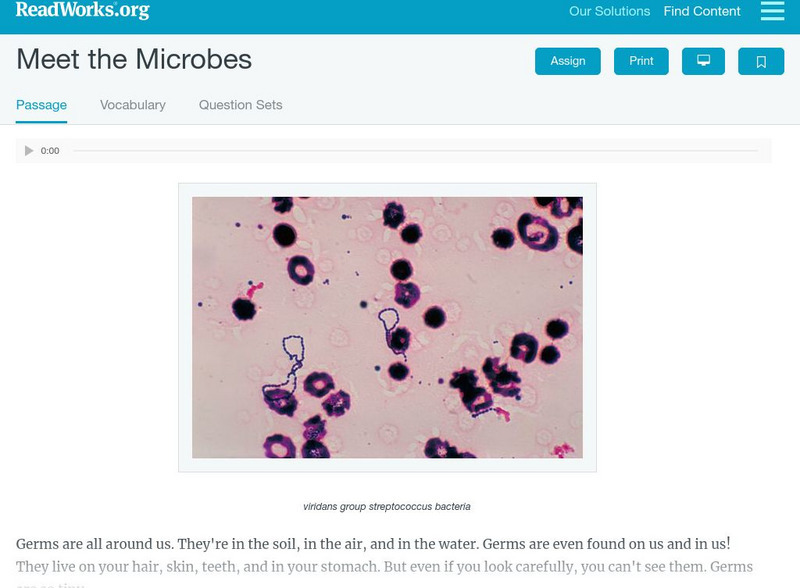
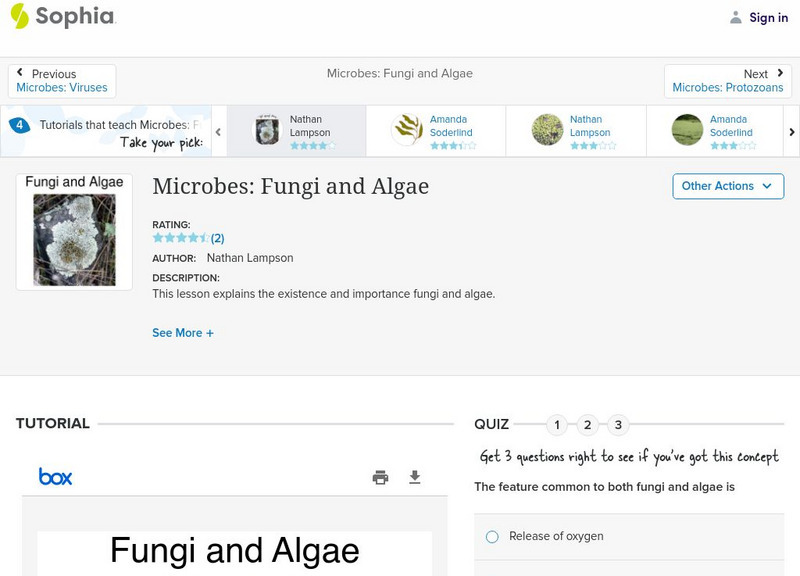
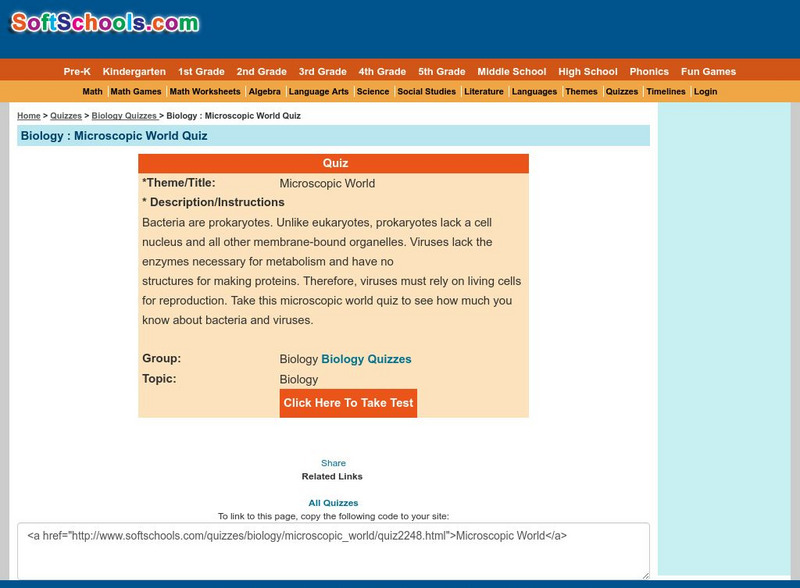
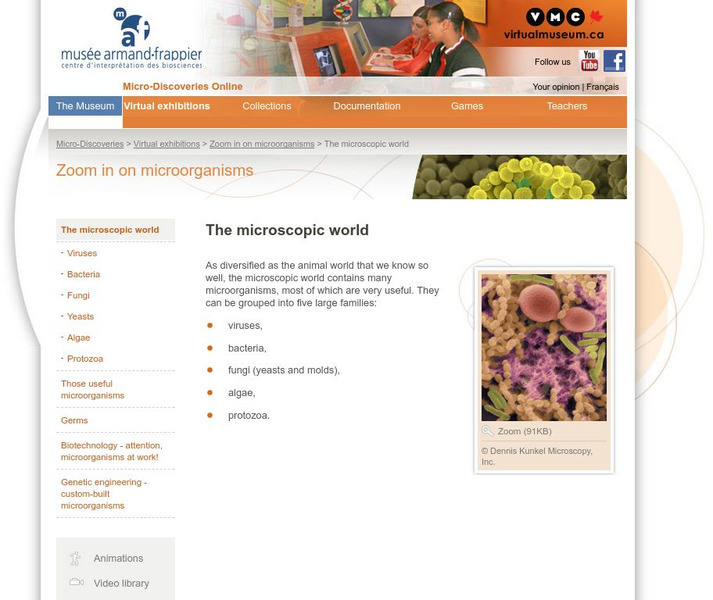


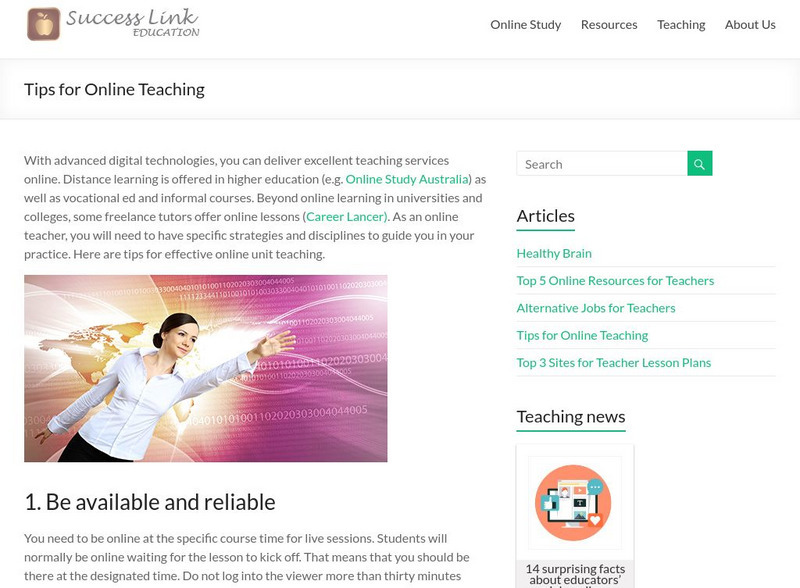
![Arts Now Learning: Microorganism Freeze Frame [Pdf] Lesson Plan Arts Now Learning: Microorganism Freeze Frame [Pdf] Lesson Plan](https://d15y2dacu3jp90.cloudfront.net/images/attachment_defaults/resource/large/FPO-knovation.png)
